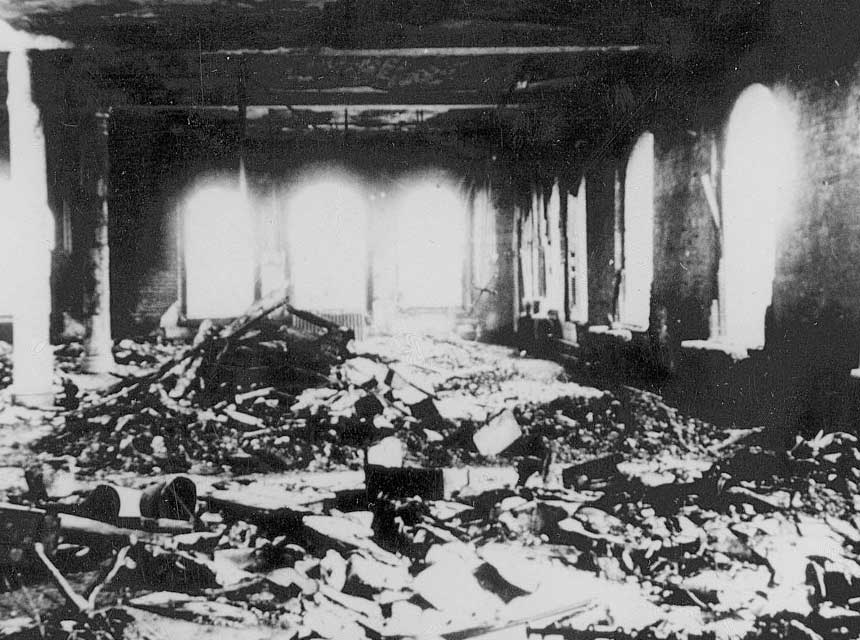

Source: IFSTA
On the evening of March 25, 1911, a fire began on the eighth floor of the 10-story Asch Building in Manhattan, New York. The fire would become known as the Triangle Shirtwaist Factory Fire, one of the deadliest industrial fires in United States history.
The Triangle Shirtwaist Factory is a classic example of what would now be called a sweatshop—poor migrant workers, mostly young women, sewed garments for low wages, working long hours in dangerous conditions. Oil barrels and wicker bins holding scrap cotton fabric and tissue paper scattered the upper floors of the Asch Building, providing essential fuel for the fire that blazed to burn hot and travel fast.
The rapidly burning fire traveled from the eighth floor, to the ninth, to the tenth, killing 148 factory workers, either because of the fire or because they jumped from windows in an attempt to escape. The building only had one fire escape, on the ninth floor, which bent and failed under the weight of the escapees. The doors leading to exits had been locked by the factory owners to “prevent theft,” according to fire reports.
At the time, the New York City Fire Department was not equipped to effectively handle such a fire. Ladders only reached the fourth floor and hoses were only able to get water to the seventh. Safety nets meant to catch workers as they jumped from the ninth floor tore on impact.
The Triangle fire tragedy mobilized nationwide efforts to reform fire safety measures. New codes and labor laws were enacted, though unsafe factory conditions continued. Unions became involved, demanding safer working environments. The Factory Investigation Commission was also created out of a concern for the welfare of workers. In its first year, the commission inspected more than 1,800 industrial establishments in NYC.
Reform occurred with the introduction of mandatory fire drills, sprinkler system installation, regulated working conditions and limited working hours for women and children. In effect, everything that caused the deaths at the Triangle factory became illegal in New York.
Former President Franklin Roosevelt’s New Deal implemented that reform on a federal level, and by the end of World War II, regional, state and national laws were in place to prevent incidents like the Triangle Shirtwaist Factory Fire.
For more information, visit these sources:
https://trianglefire.ilr.cornell.edu/
https://www.osha.gov/aboutosha/40-years/trianglefactoryfireaccount
How 1911’s Triangle Fire Changed US Safety Laws
RELATED
The Triangle Shirtwaist Fire: Too Small a Value on Human Lives
Tazreen Fashions: Triangle Shirtwaist Revisited
Triangle Shirtwaist Toll Of 145 Is Still Largest For U.S. Industrial Fires
High-Rise Firefighting Lessons Learned
ALSO
Historical Industrial Fire: The Kleen Energy Explosion
Historical Industrial Fire: Port Newark Petroleum Explosion

